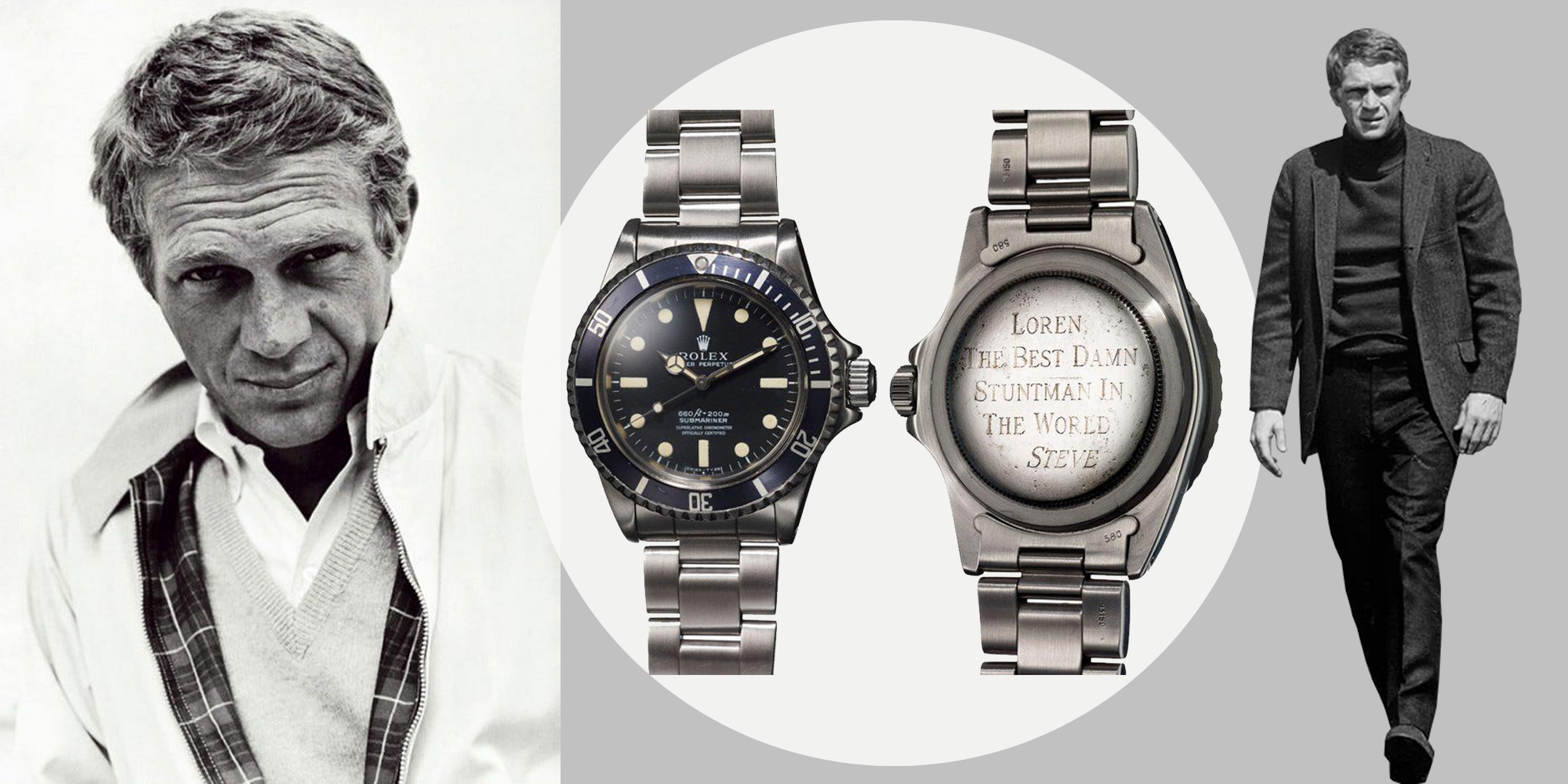
Around the turn of the current century, the expansion of internet bandwidth fuelled a custom-motorcycle renaissance. After many decades on the periphery of pop culture, motorcycles acquired something close to a mass audience. This phenomenon was dubbed ‘New Wave Customs’. Unlike those who had just preceded them, New Wave customisers found inspiration in the OEM machines of the 1950s and 1960s. It took major manufacturers a while to jump on the bandwagon but once they did, they were fully committed. An OEM ‘retro’ motorcycle in a manufacturer’s lineup is practically obligatory nowadays.
For a while, it seemed that anyone in the motorcycle industry with a product to promote felt compelled to establish some connection between the product and Steve McQueen. Famous for his charisma and racing exploits, both on- and off-screen, McQueen was an obvious choice of idol. Not surprisingly, there were many who thought that the explosion in McQueen iconography was frivolous and exploitative.
We both agree and disagree with these curmudgeons. On the one hand, it is easy to scoff at an all too transparent attempt to sell a product by striking a nostalgic chord.
But on the other hand, the reason that McQueen provides ideal marketing fodder in the first place is that the line between his real and celluloid personas was, to say the least, blurry. He could play a racer because he was a racer. He could play a soldier because he had served in the Marine Corps. He had experienced a semi-orphan boyhood and knew a thing or two about hardship and the value of self-reliance. This was a man who had empirical knowledge of and respect for tools; they were not mere ‘gadgets’ or movie props. It is almost impossible to find any pop-culture icon who can claim this kind of street cred, then or now. That is why none of his performances ever feels contrived. And that is why his legacy is impossible for the motorcycle industry — from the lowly garage tinkerer to the marketing executive — to resist.
McQueen wore several iconic watches throughout his career. Two notable examples are the distinctively square-cased Heuer Monaco 1133 and the Hanhart 417, a chronograph with rich military history. His watch collection deserves a dedicated post, which we will deliver shortly [link to blog 5, ‘Steve McQueen’s Part Time]. In this post we take a look at McQueen’s every-day-carry piece.
The Watch
It ought to be a point of pride for Rolex that Steve McQueen’s go-to watch was a Submariner reference 5512. During its two-decade production run, between 1959 and 1980, a number of variants of the 5512 were released. They featured a stainless-steel oyster bracelet, a stainless-steel case, a bidirectional, black-aluminium bezel, a domed acrylic crystal and a water resistance rating of 200 m. It was the first Submariner with a 40 mm case diameter. The crown guards, also a first, were originally square, then pointed, then rounded.
McQueen’s piece, which he sported on his right wrist, was the 1967 Submariner 5512, with the 1570 calibre. It had rounded crown guards and its four-line text indicated that it was a certified chronometer. It appears that McQueen gave the watch to a close friend at some point, and switched to the Submariner ref. 5513. When his 5512 was auctioned in 2009, it fetched upwards of $230,000.
Another Rolex, the Explorer II ref. 1655, was confusingly dubbed the ‘Steve McQueen’, when in fact it was never worn by the man. The origins of the rumour are obscure but it managed to stick, and the Explorer II is still connected to McQueen in collector circles.
Take a look at the images and decide for yourself: exploitative or inspiring?

